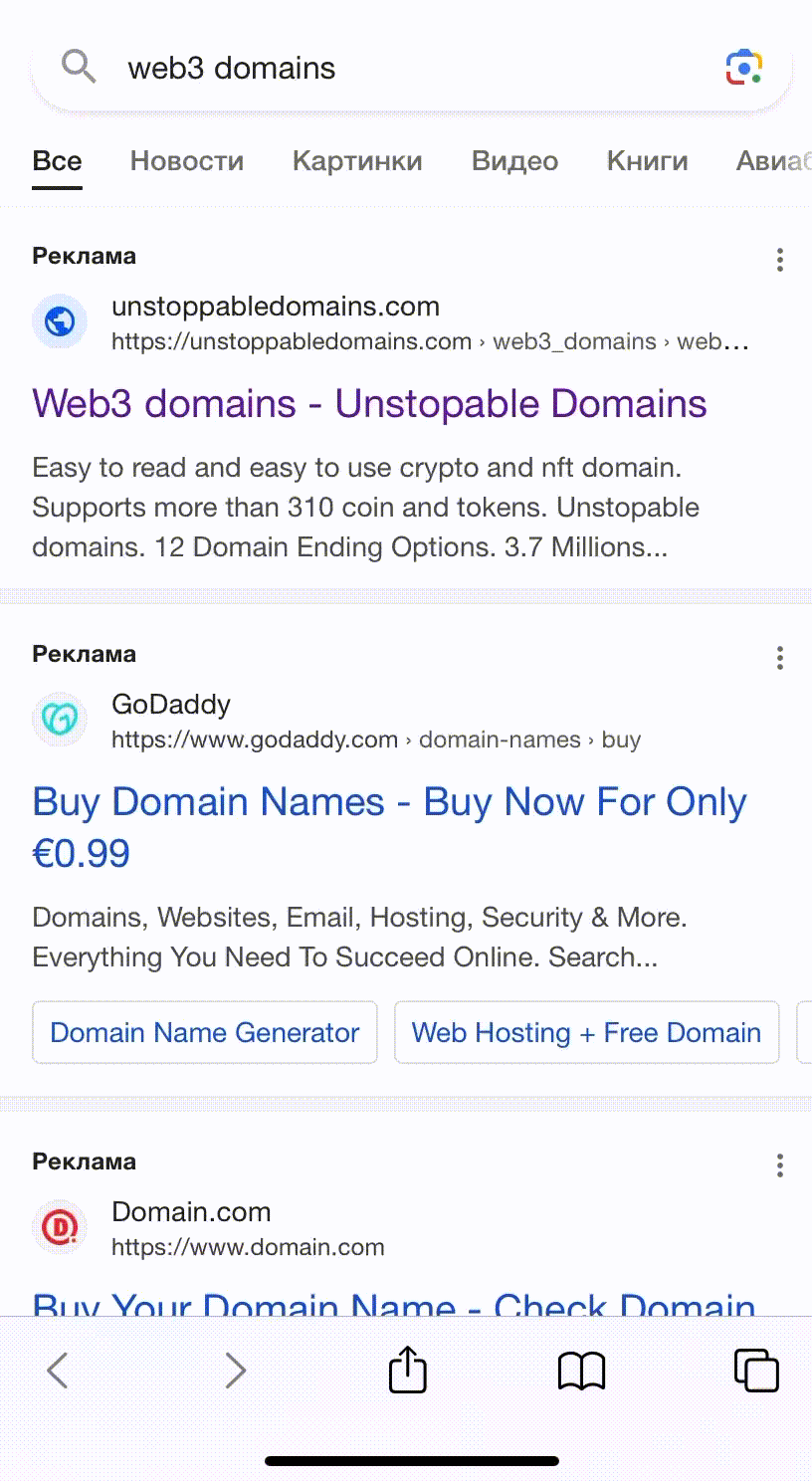You gave a very good example and I agree with it. But I suggest a slightly different way.
- Collect data not from the blockchain, but from website traffic. The ethnic composition and other demographic data will always be proportionately equal to what we have among those who register a name.
- Receive them in anonymized form, in the form of a percentage, so as not to violate the privacy rights of individuals.
- Use them not for targeted actions, such as targeted contextual advertising, but to diversify the platforms through which we distribute and the methods by which we conduct social networks.
A little about the so often mentioned contextual advertising. Setting it up for personal data such as region, gender, age, financial situation, and so on is wrong, I agree.
But I think they will agree with me that if a person Googles about web3 domains, he should learn about our existence. For some search keywords, for example ‘web3 domains’, the ENS website will be located in 25-35 place in the search query, depending on the region selected in Google.

Yes, if you enter, for example, ‘eth domains’, then the ENS site will be in 1-3 place. But aren’t we promoting that ENS is not just .eth?
If you do not take into account the delivery of advertising, for example using DuckDuckGo, the situation will not change much. This also means that we generally do not work with search algorithms, unlike, for example, our competitors.